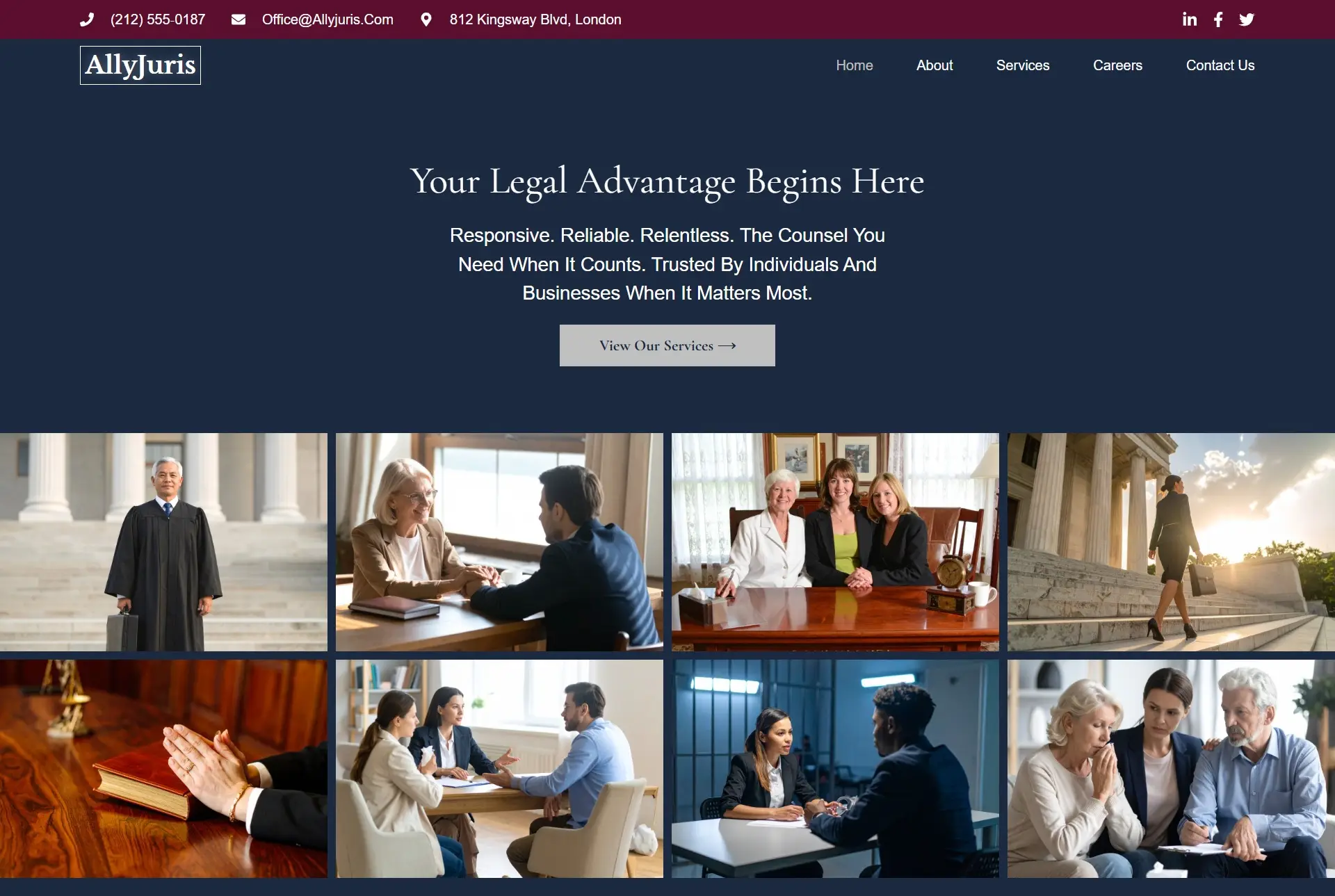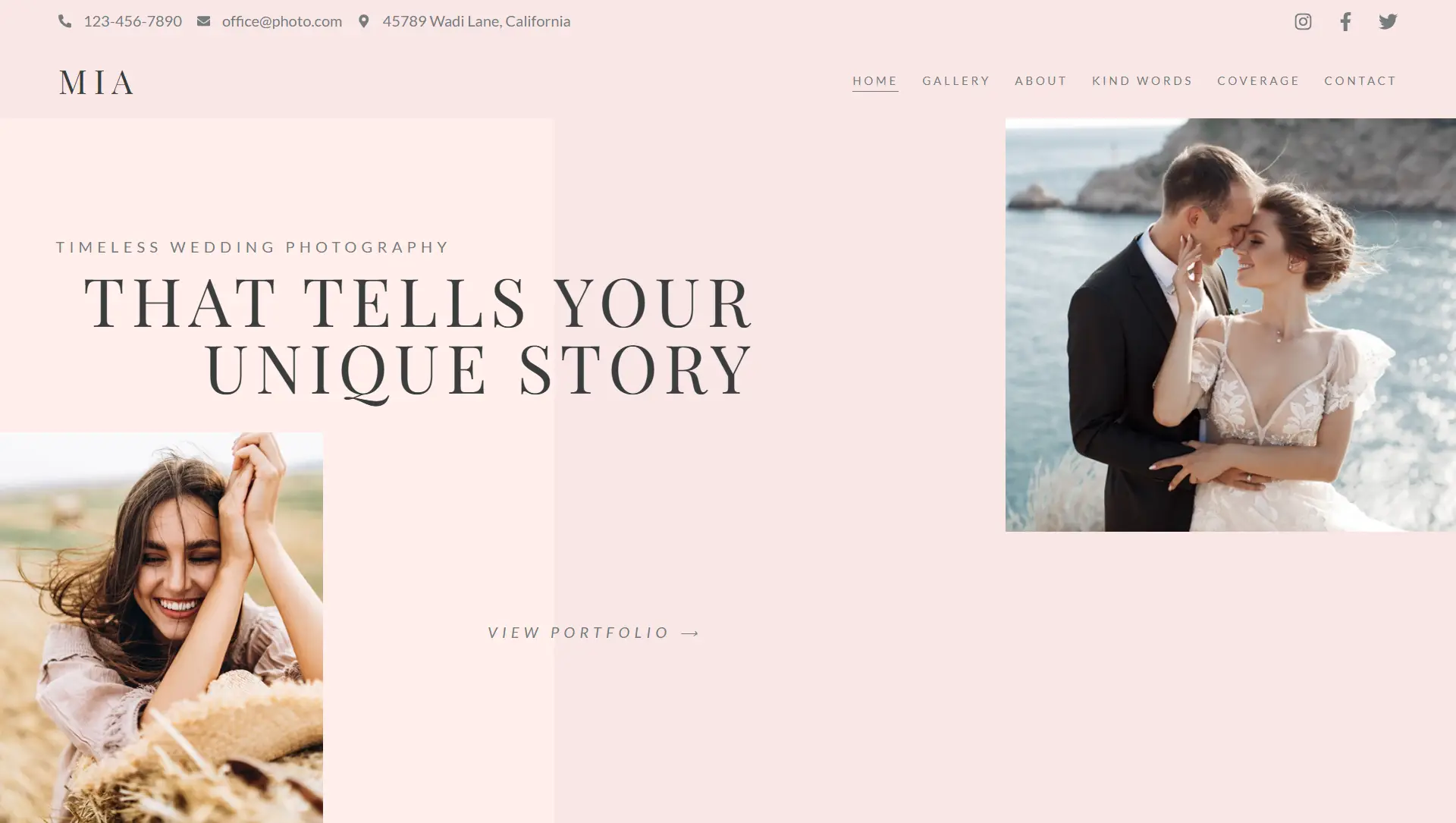🌟 Purpose
Alignment settings in Elementor allow you to control how content is positioned vertically and horizontally within sections and columns. These controls are essential for creating balanced, structured layouts—especially when content blocks differ in size or height.
🧭 Vertical Alignment Options
You can align content vertically within a section or column using the following options:
Top – Aligns all content to the top of the container.
Middle – Centers the content vertically within the container.
Bottom – Aligns the content at the bottom edge.
Space Between – Pushes the first widget to the top and the last to the bottom, with equal space between others.
Space Around – Even spacing between widgets, with half-space at the top and bottom.
Space Evenly – All spacing (top, between widgets, bottom) is equal, creating consistent separation throughout.
These options help especially when multiple columns in a section have different content lengths, and you want them to align uniformly.
↔️ Horizontal Alignment Options
For horizontal placement of widgets—especially when arranged inline—you can choose:
Start – Aligns all widgets to the left edge of the container.
Center – Places widgets in the horizontal center.
End – Aligns all widgets to the right edge.
Space Between – Spreads widgets out with the first aligned left, the last aligned right, and equal space in between.
Space Around – Distributes widgets with equal space around each, leaving half that space on the edges.
Space Evenly – Ensures equal spacing before, between, and after all widgets.
These settings are useful for elements like icon lists, buttons in a row, or inline text blocks that need equal visual spacing.
🛠️ How to Apply
Select a Section or Column in the Elementor editor.
Go to the Layout tab in the settings panel.
Adjust Vertical Align or Horizontal Align to match your design needs.
Preview the result and fine-tune using margins or padding as needed.
✅ When to Use
To maintain a clean layout when columns have uneven content heights.
To align call-to-action buttons or icons consistently across rows.
To center content in full-height sections for a more balanced visual experience.
To add space between elements without needing extra margins or manual CSS.




